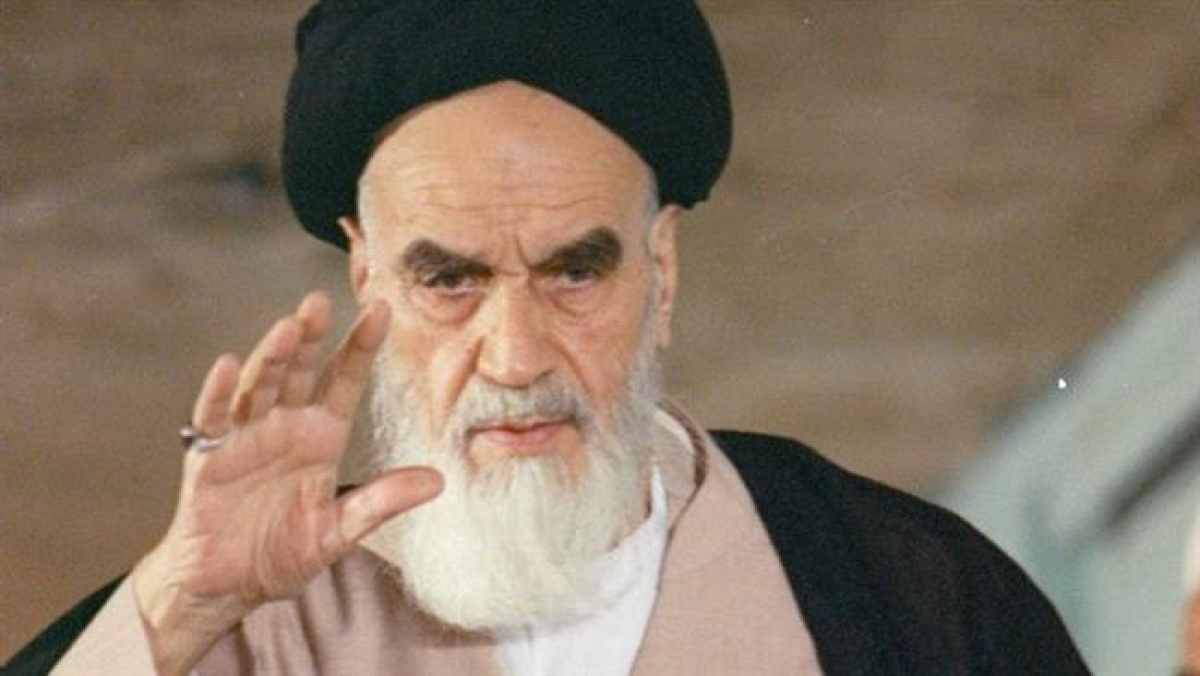Imam Khomeini dedicated most of his life to resistance against the US-backed Pahlavi dynasty, which finally led to its downfall in the 1979 Islamic Revolution.
Grand Ayatollah Seyyed Rouhollah Mousavi Khomeini, better known as Ayatollah Khomeini, was born to a family of religious scholars in September 1902 in the central Iranian city of Khomein.
His father was murdered when Khomeini was just five months old. He began studying the Quran and the Persian language from a young age and was assisted in his religious studies by his relatives, including his mother’s cousin and older brother.
In the pre-Revolution era, he spent more than 15 years in exile for his stiff opposition to the last monarch, Mohammad Reza Pahlavi, mostly for his association with Western imperialists.
After his return from exile in February 1979, Khomeini led the Iranian Revolution which saw the end of the 2,500-year-old Persian monarchy.
He became the Supreme Leader of the Islamic Republic in 1979. Imam Khomeini ruled the country until he passed away on June 3rd 1989, at the age of 87.
After eleven days in a hospital for an operation to stop internal bleeding, Imam Khomeini died of cancer on Saturday, June 3rd 1989. Many Iranians mourned Imam Khomeini’s death and poured out into the cities and streets after his passing was announced. More than 10 million people from across the country attended Imam Khomeini’s funeral to form one of the largest-ever funerals in the world.
Following Imam Khomeini’s demise, Ayatollah Seyyed Ali Khamenei came to be selected on June 4th 1989, by the Assembly of Experts to be his successor, in accordance with the Constitution.
Khomeini was chosen as Time magazine’s Man of the Year in 1979 for his international influence.
Every year, millions of Iranians take part in ceremonies across the nation to mourn the anniversary of the demise of Imam Khomeini. Hundreds of foreign guests, including scholars and researchers, also attend the ceremonies.
